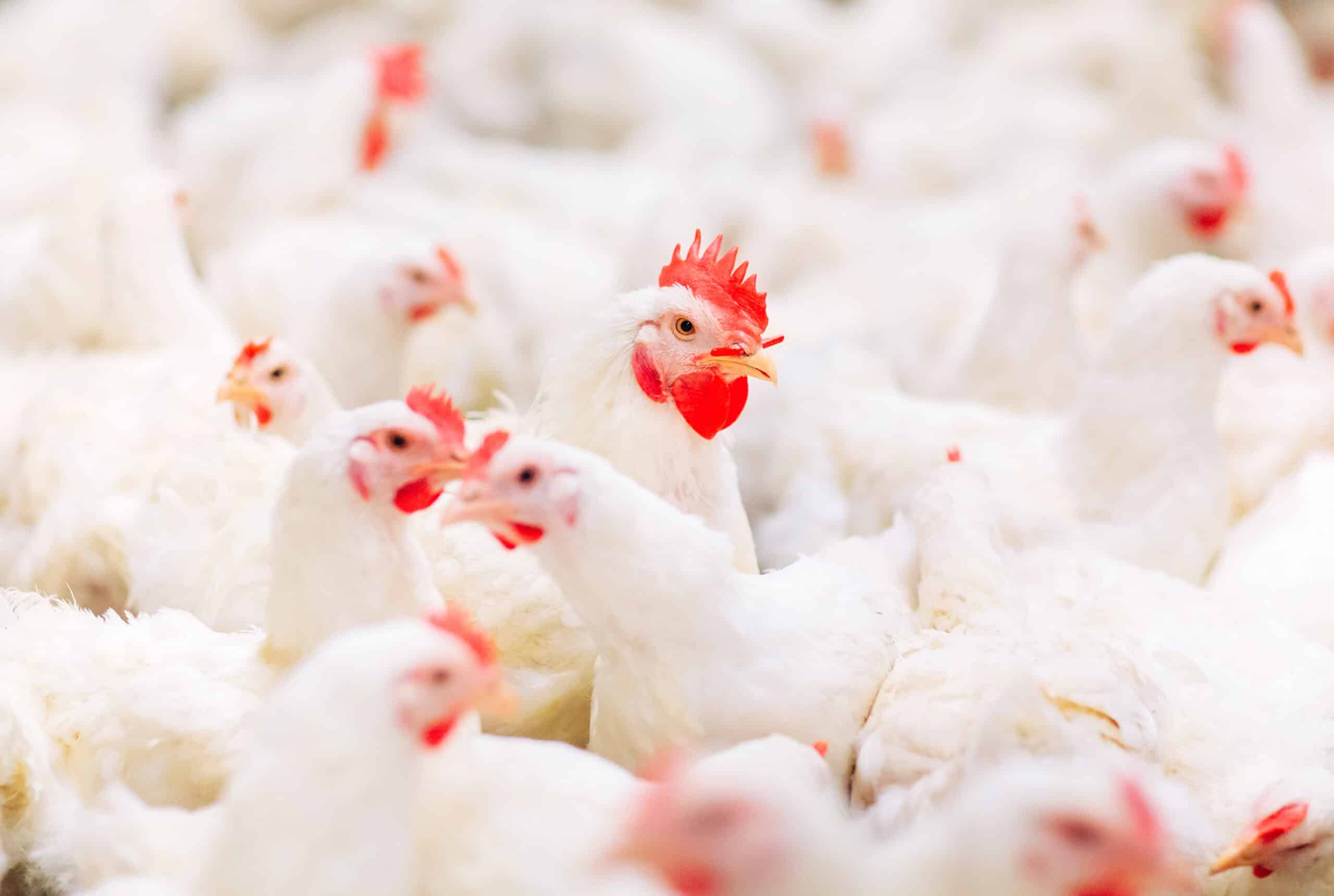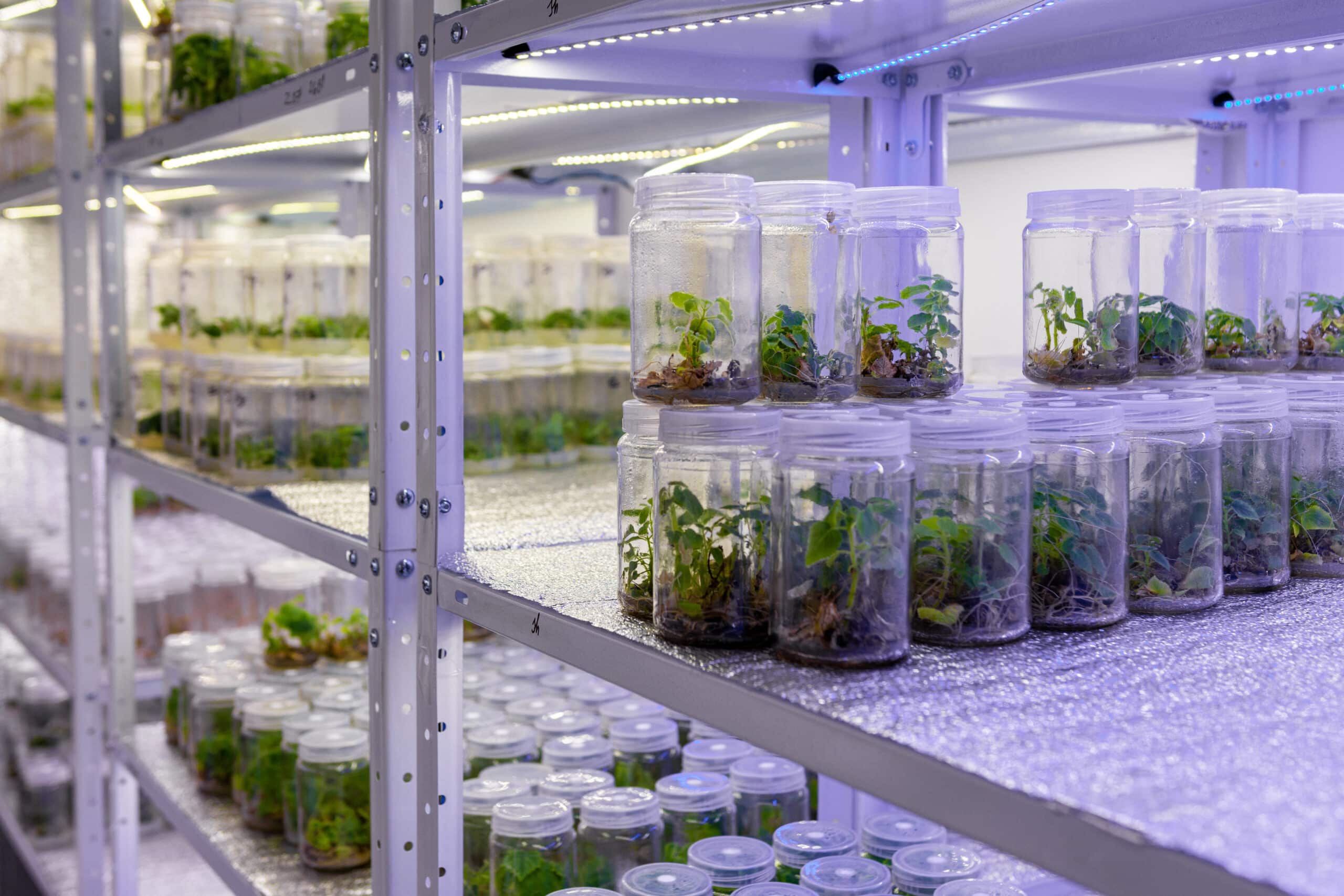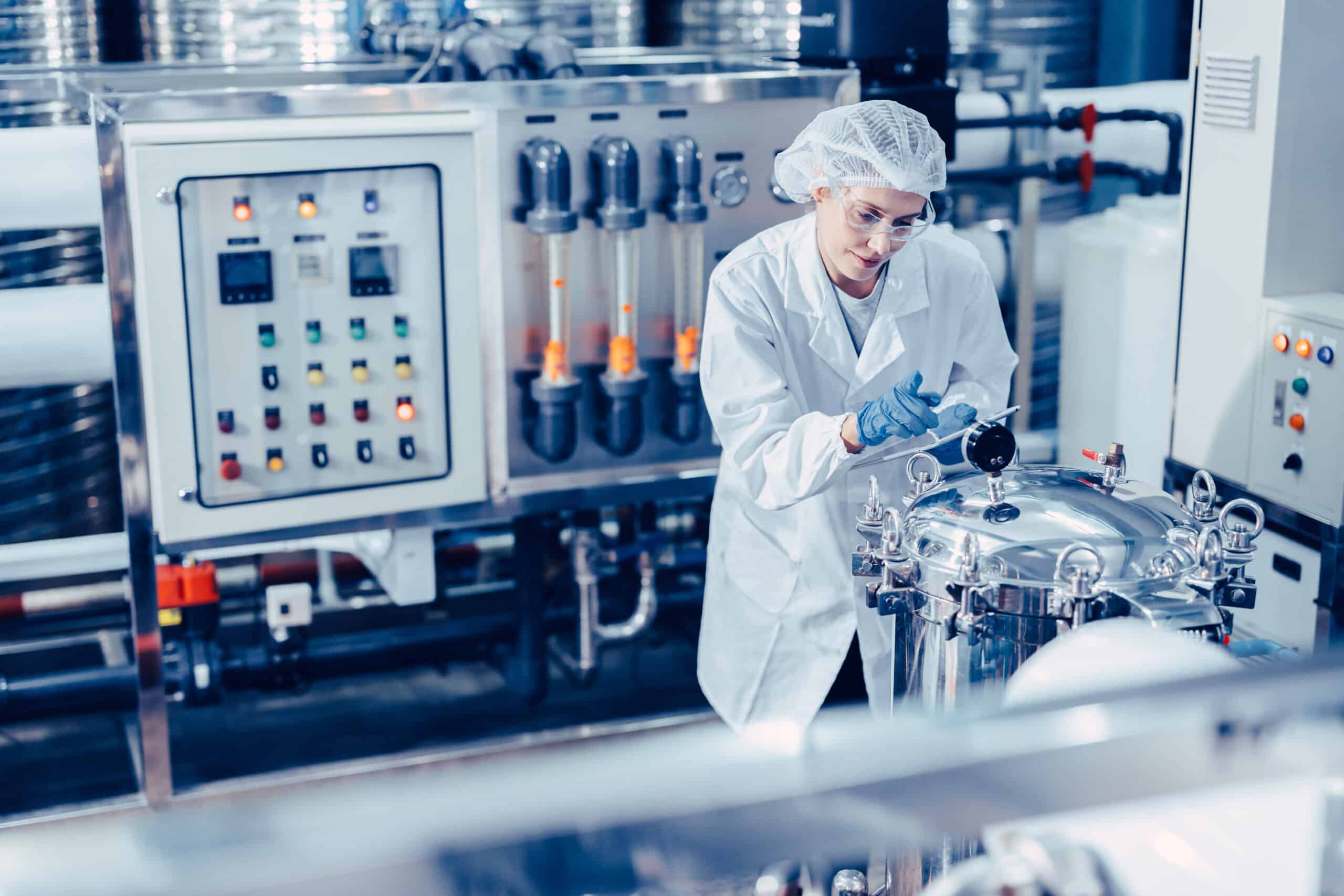Regenerative agriculture has emerged as a key component in the evolving narrative around sustainable farming, with many regenerative agriculture experts proclaiming that it is the future of sustainable farming. The swift and global adoption of regenerative practices and technologies adds further credence to this claim, but can regenerative agriculture truly deliver on its promise? This article explores the potential of regenerative agriculture by examining its principles, benefits, and challenges. It evaluates the capacity of regenerative agriculture to create a more resilient and sustainable food system and examines its role and significance in shaping contemporary agricultural practices.
Understanding sustainable farming and regenerative agriculture
While definitions of sustainable farming can vary, the USDA define it as any integrated system of plant and animal production practices that will over the long term:
- Satisfy human food and fibre needs
- Enhance environmental quality and the natural resource base upon which the agriculture economy depends
- Make the most efficient use of non-renewable resources and on-farm resources and integrate, where appropriate, natural biological cycles and controls
- Sustain the economic viability of farm operations
- Enhance the quality of life for farmers and society as a whole
Similarly, there is no universally accepted definition of regenerative agriculture. For some, regenerative agriculture is unequivocally a form of organic agriculture, while others are open to the judicious use of agrochemicals such as fertilisers and pesticides. Generally, though, regenerative agriculture is a term used to describe agricultural practices that focus on the health of the whole ecological system, not solely on high production yields of crops.
Regenerative agriculture seeks to work with nature rather than against it. It looks to replicate natural processes as closely as possible to restore the soil’s organic matter and improve its structure. This approach aims to increase the soil’s capacity to hold water, reduce erosion, and sequester carbon from the atmosphere, all of which are critical to combating climate change. By enhancing soil properties, farms can increase their productivity while reducing their reliance on artificial fertilisers and pesticides, which have negative environmental impacts. Regenerative agriculture has been described as a way of ‘producing more, with less, while restoring more’.
Why regenerative agriculture may be the future of sustainable farming?
Many regenerative agriculture experts proclaim that, at its core, regenerative agriculture fosters long-term sustainability. It enhances the resilience of farms to climatic variability, while simultaneously increasing biodiversity, reducing emissions, and sequestering carbon. It represents a holistic approach to farming that considers the health of all parts of the ecosystem, goes beyond simply minimising harm, and instead, optimises naturally occurring processes.
By building healthy soils, regenerative practices can make farming systems more productive and less reliant on external inputs over time. This is essential for the future of agriculture, as our ability to continue exploiting resources without regard for their renewal reaches its limit.
This view is also supported by the significant growth of the global market for regenerative agriculture, which is projected to reach an estimated value of USD 2.9 billion by 2030. This represents a 15.7% increase from 2023 to 2030 and indicates a strong trend towards regenerative methods within the agricultural sector.
Regenerative agriculture is no ‘silver bullet’
While regenerative agriculture offers many promising solutions, it is no ‘silver bullet’. Barriers to widespread adoption include the initial costs of transitioning to regenerative practices and the need for farmer training and support. More systematic and large-scale research is also needed to understand the true potential and limits of regenerative agriculture.
Regenerative farming advocates claim a triple win: climate change mitigation, increased profit for farmers and greater resilience to a changing climate. However, the World Resources Institute (WRI) concludes that the practices grouped as regenerative agriculture can improve soil health and yield some valuable environmental benefits, but are unlikely to achieve large-scale GHG emissions reductions.
Cover crops can improve soil health, reduce nitrogen pollution, and provide climate benefits, but their actual potential for soil carbon gains is uncertain. According to a recent study, the use of cover crops across 85% of annually planted U.S. cropland could sequester around 100 million tons of CO2 per year. This would offset 18% of U.S. agricultural production emissions and 1.5% of total U.S. emissions. However, while the use of cover crops has been expanding, they still occupy less than 4% of U.S. cropland and face barriers to wider adoption, such as cost and time constraints.
In addition, much of the discourse on regenerative agriculture is concerned with on-farm biodiversity, rather than biodiversity across landscapes, or enhancing yields to free-up land for conservation. There are also disagreements over the methods required for precise measurement and certification of farms’ abilities to remove and store higher levels of carbon dioxide. These uncertainties further complicate the well-documented challenges in setting up any reliable carbon offsets program. Such programs can also create opportunities for gamesmanship and greenwashing that undermine real progress on climate change.
Making sustainable changes
The future of sustainable farming will require a combination of approaches and technologies. While regenerative agriculture is an important part of this debate and holds significant promise, there remains several barriers to entry for farmers and causes for concern both in relation to its economic viability and its overall ESG impact.
At Farrelly Mitchell, our food and agribusiness experts provide clarity to complex ESG projects, and initiatives. We recognise the potential of regenerative agriculture and work diligently with clients to adopt greener practices that achieve true change while remaining financially feasible. Our experts conduct in-depth on-site ESG assessments to identify areas for improvement and provide strategic agtech and regulatory insights that can boost your organisation’s transition toward sustainability.














